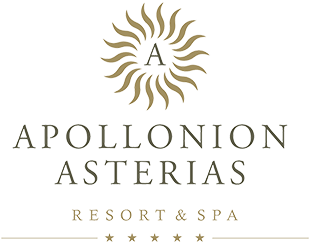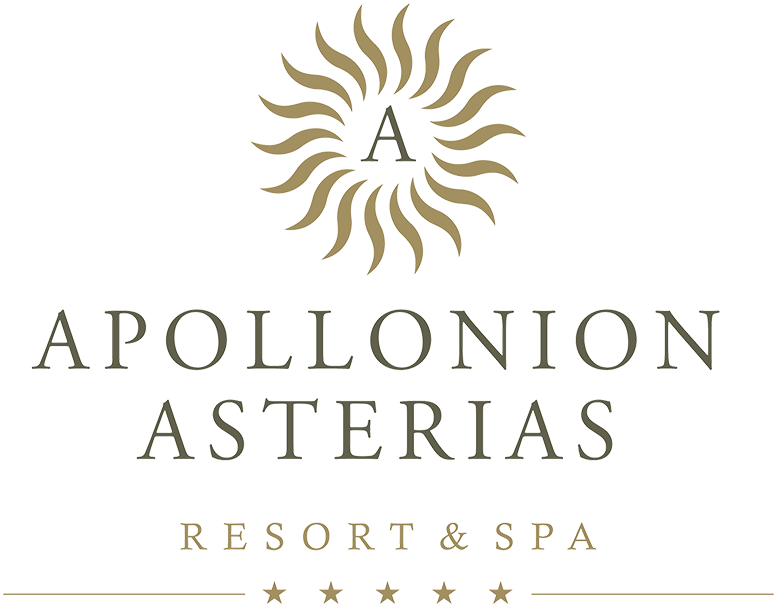GEOGRAPHY
The island’s population is nearly 45,000; it previously was home to the fastest growing population in Greece,
with a growth rate of 35% to 40% during the 1990s. It was officially 36,404 at the census of 2001. The size of the
island is ca. 800 km2 (300 mi2), and the present population density is 55 people per km2 (140/mi2), with
Argostoli home to one-third of the island’s habitants. Lixouri is the second major settlement, and the two towns
together account for almost two-thirds of the prefecture’s population.
In 1953, a massive earthquake almost destroyed settlement on the island, leaving only Fiscardo in the north
untouched.
Most of the Kefalonia population have surnames ending in “-atos”. Almost every community in Kefalonia has a
name ending in “-ata”, such as Valsamata, Frangata, Lourdata, Favata, Delaportata, and others.
In the ancient period, before it was named Kefalonia, the island was known to have a population of only 100 to
300; at the ancient founding of Kefalonia, the population trebled to around 500 – 1,000 people. The population
grew steadily, until it reached 10,000 in the mid-20th century, with the total topping 20,000 by the 1970s.



